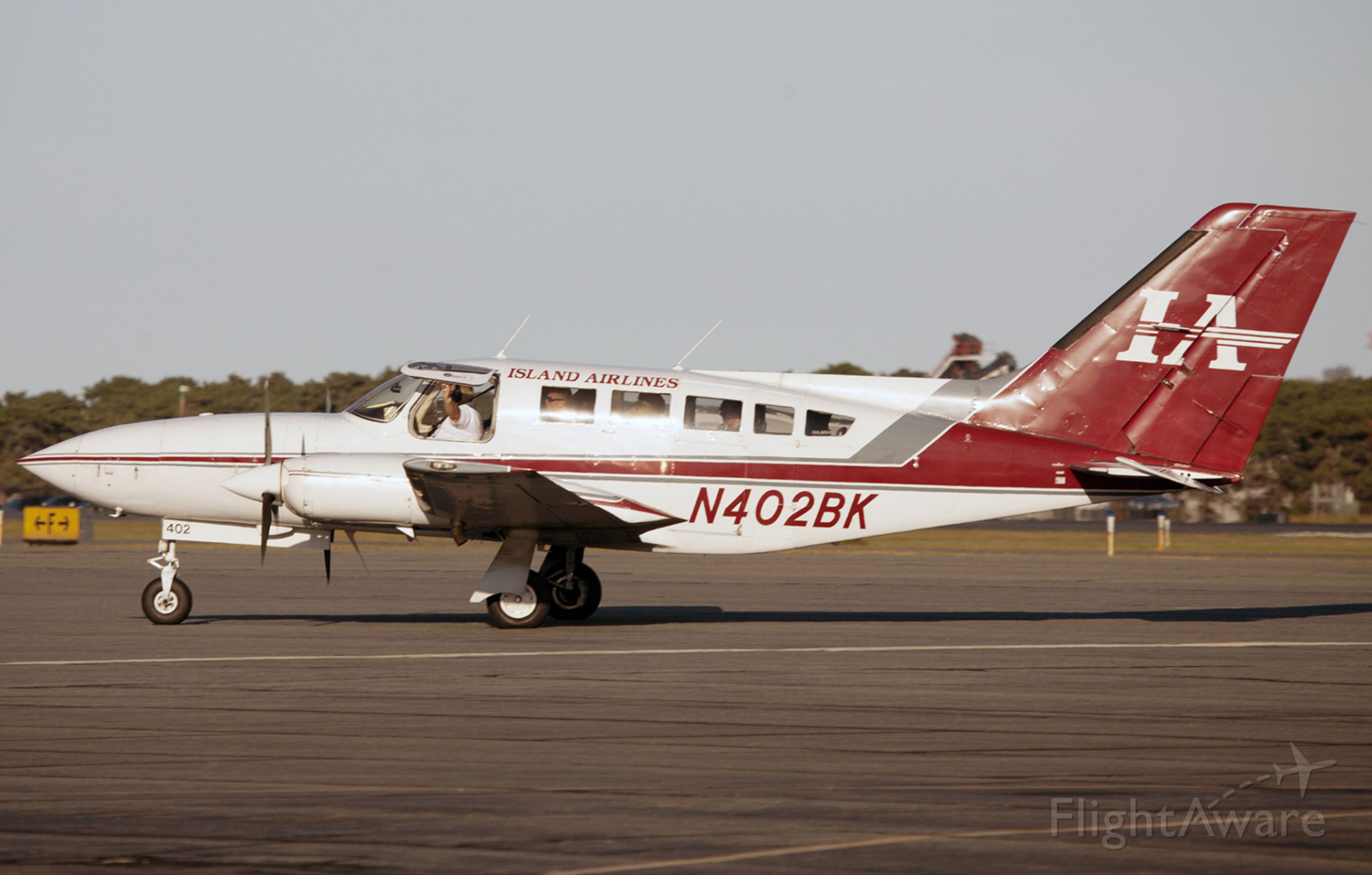Crash of a Cessna 402B in Marsh Harbour: 5 killed
Date & Time:
Sep 13, 1995 at 2030 LT
Registration:
N69303
Survivors:
Yes
Schedule:
Bimini - Mores Cay
MSN:
402B-0423
YOM:
1973
Crew on board:
1
Crew fatalities:
Pax on board:
8
Pax fatalities:
Other fatalities:
Total fatalities:
5
Circumstances:
On September 13, 1995, about 2030 eastern daylight time N69303, a Cessna 402B, registered to and operated by Bimini Air Charter Inc. crashed near Marsh Harbour, Bahamas while on a 14 CFR Part 129 on-demand, international, passenger flight. Visual meteorological conditions prevailed at the time and no flight plan was filed. The airplane was destroyed. The pilot and four passengers were fatally injured, and four passengers were seriously injured. the flight originated from Bimini, Bahamas, about 1935 the same day. The intended destination was Mores Cay, but one of the survivors stated the pilot could not find the island and diverted to Marsh Harbour.










